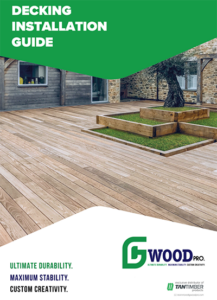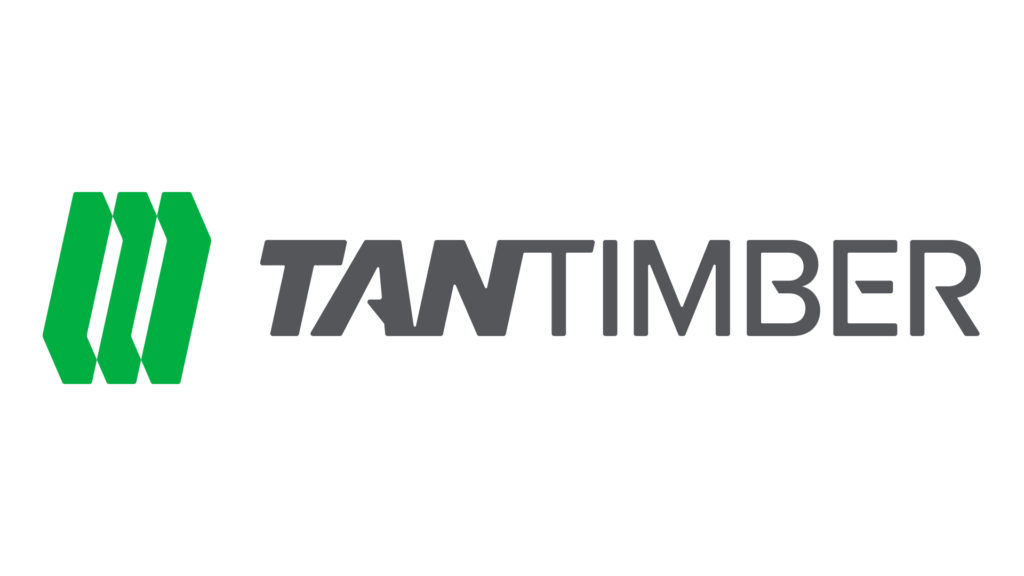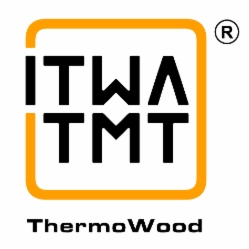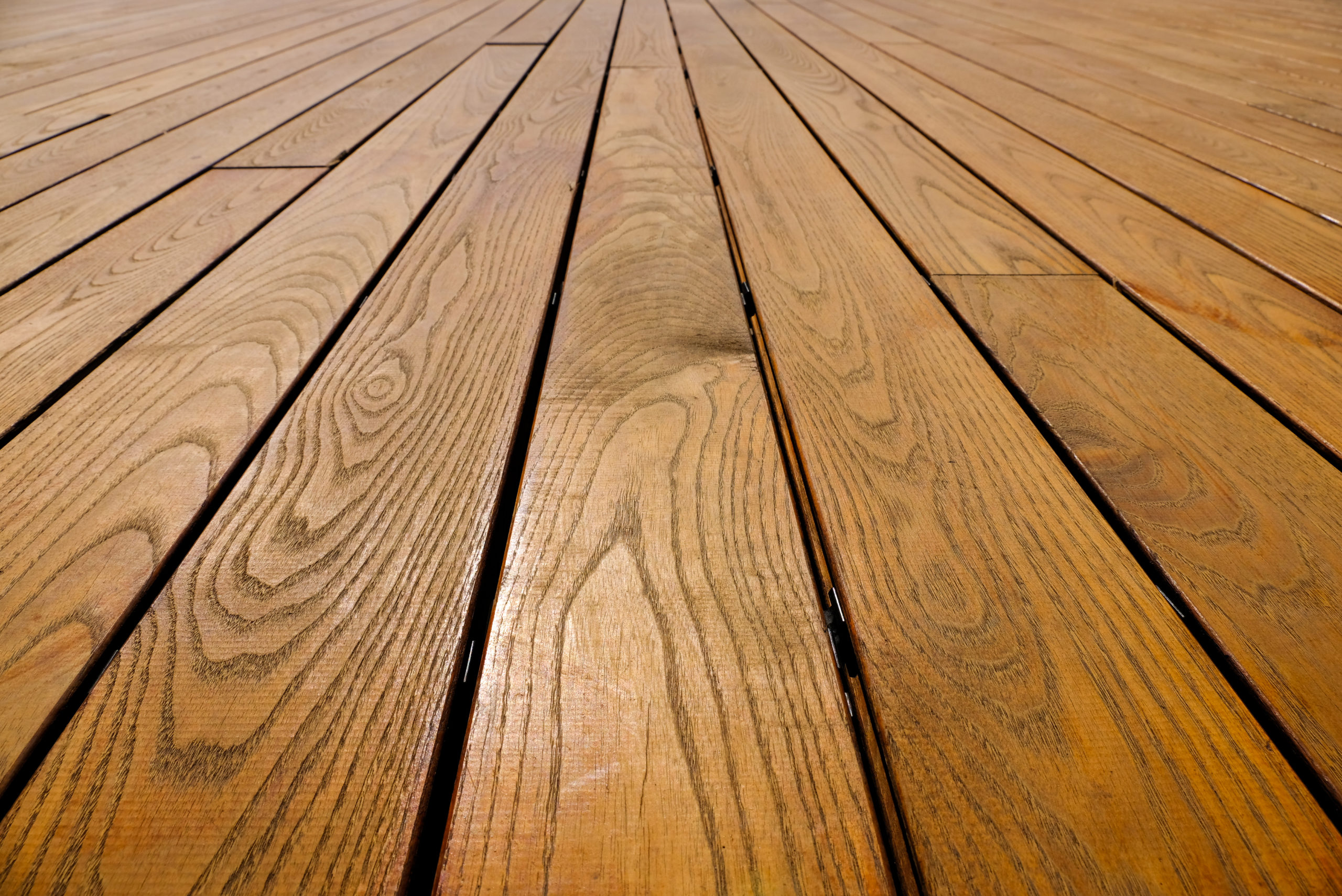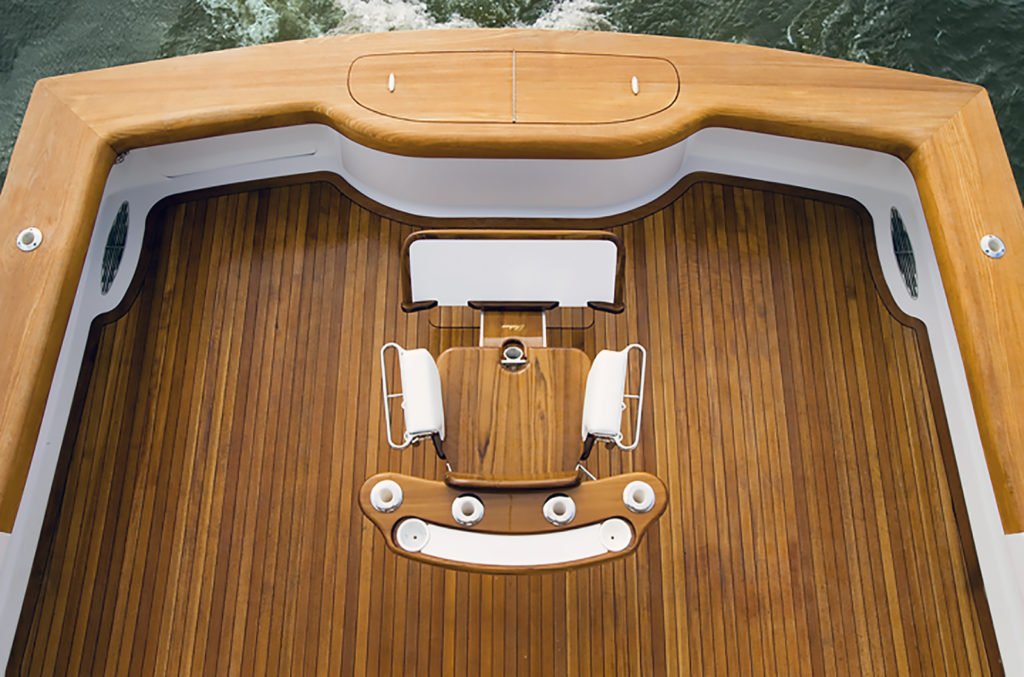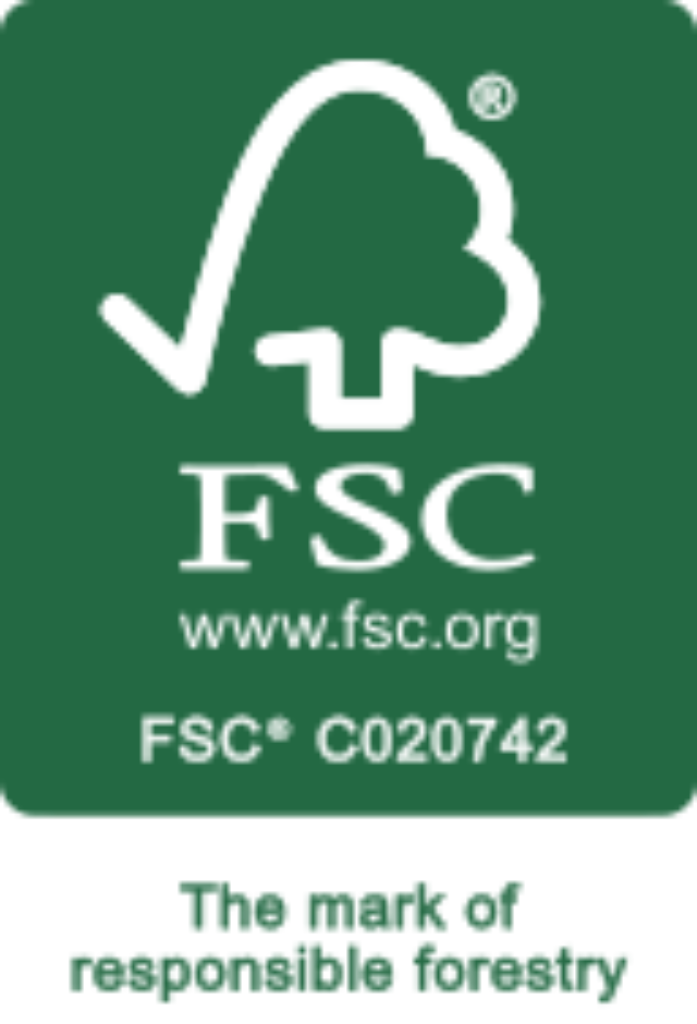Thermally Modified Decking & Siding
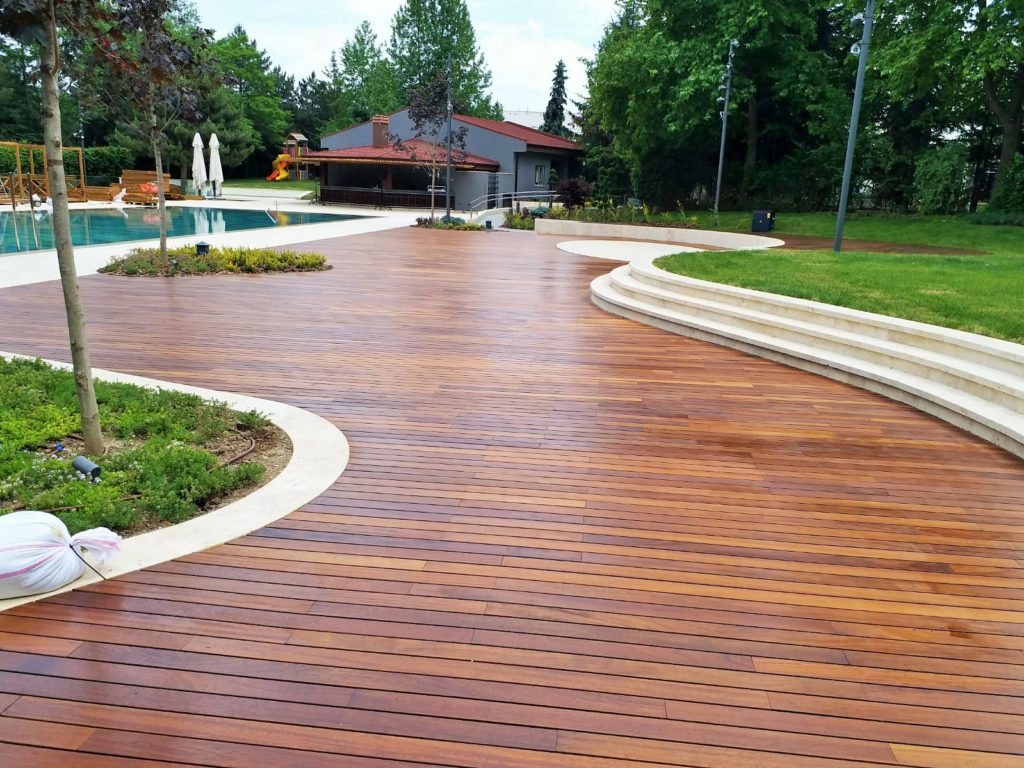
As the name states, this is wood. All natural wood. Nothing added, just dried differently. Thermally modified wood is a superior exterior lumber used for decking and siding primarily. But instead of using tropical hardwoods or naturally rot resistant species, the thermal modification process allows us to use much more commonly available (and affordable) FSC certified hardwood and softwood species like Ash, Oak, Iroko, or Pine.
Drying Ash, Oak, Iroko, or Pine to significantly higher temperatures in a controlled environment does however modify the cell structure to produce a wood that is dimensionally stable and resistant to bugs and rot. The wood maintains nearly the same working properties after drying and presents a darker, baked golden brown hue. It is still the same species of wood, just without the seasonal movement headaches and with all the sugars and water baked out so the bugs leave it alone and water beads up and runs off. In other words, its the same wood, just better.
It is a process that goes back thousands of years to the Vikings and in the far East with Japanese woodworkers. Much more recently perfected however in the 1970s, the ThermoWood process is now the gold standard for ensuring quality control and consistency throughout the drying process. Thermally modified decking or siding is an outstanding solution for exterior products that will need to take a beating.
Oceanfront properties or those regularly under the blazing sun will perform well with thermally modified decking and siding; this is because this wood will withstand the elements and can be finished to maintain its color or left to weather to the immensely popular silvery gray which we have come to expect with current exterior favorites like Ipe or Teak. Unlike some of the other current favorite species, thermally modified lumber can also be used in ground contact situations or in direct contact with water like docks and poolside decks.
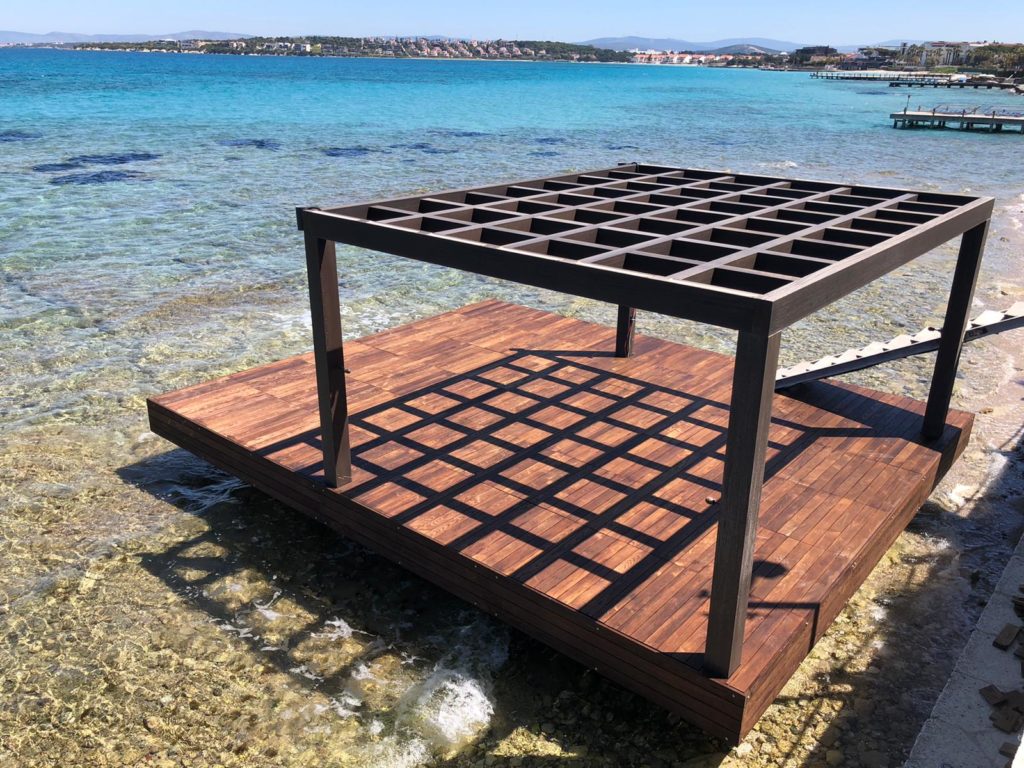
Thermally Modified ASH
Fraxinus americana
If you have ever worked with White Ash, then you understand what you are getting with thermally modified Ash. It is has the same working properties just without the seasonal movement. Technically, it is slightly harder and less dense than traditional kiln dried Ash, but this isn’t something one notices as you work with it. It still can be milled and joined, and glued, nailed/screwed and finished like Ash. The biggest difference is the color. Instead of the white wood look of Ash, now you have a darker brown color. It will still fade to a silvery gray if desired, or it can be finished and maintained annually to retain the natural color.
Want more information or some samples of Thermally Modified Ash? Click here
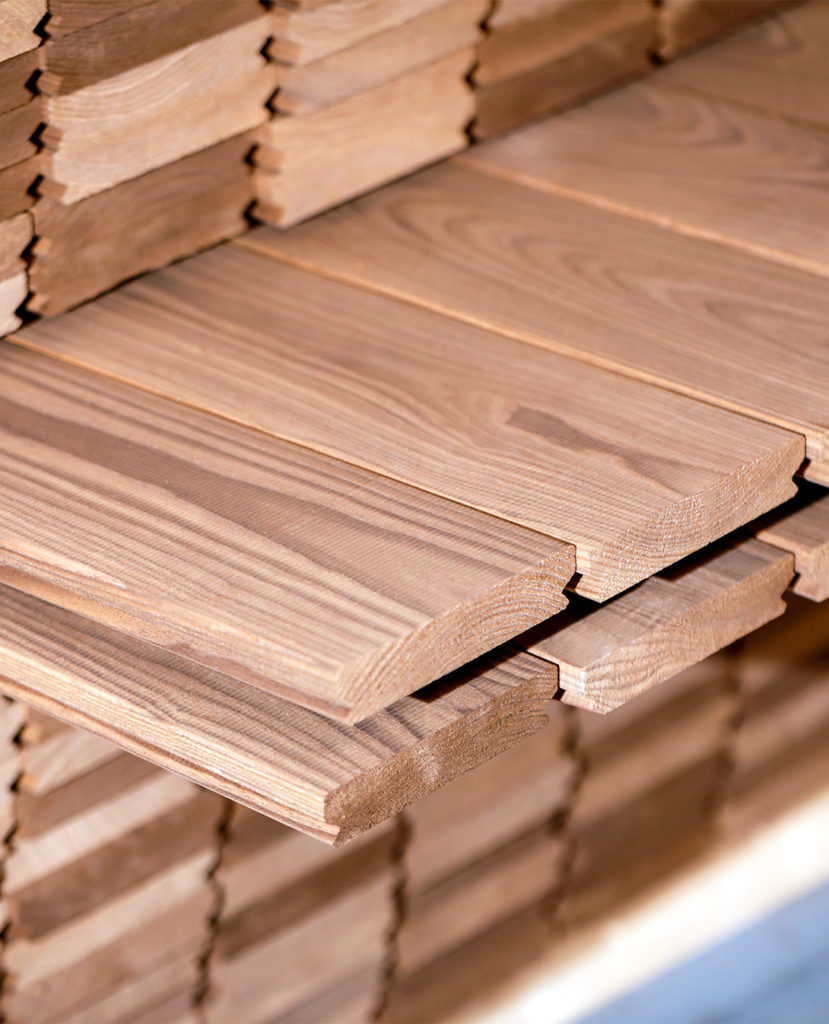
Thermally Modified Ash Characteristics
| Character | Thermally Modified | Change from KD |
| Bending Strength (MOR) | 1,722,600 lbf/in2 | -1% |
| Stiffness (MOE) | 12,000 lbf/in2 | -20% |
| Hardness (Janka) | 1325 lbf | +1% |
| Specific Gravity | .55 | 0% |
| Weight | 33.6lbs/ft3 | -20% |
| Density | 554 kg/m3 | -12% |
| Radial Shrinkage | .1% | -2% |
| Tangential Shrinkage | .4% | -5% |
Thermally Modified Ash Decking Sizes
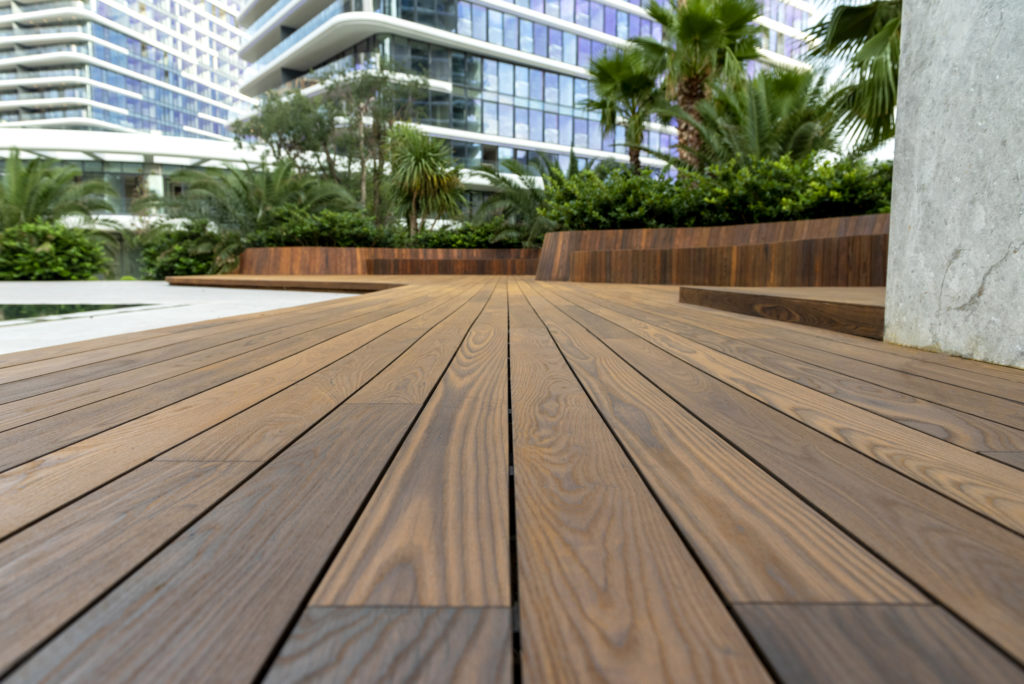
Can be milled for hidden fasteners, sanded, or pre-finished to order
- 7/8″ x 3.5″ x 5-14′ long (21x90x1500-4200 mm actual sizes)
- 7/8″ x 5.1″ x 5-14′ long (21x130x1500-4200 mm actual)
- 1″ x 5.1″ x 5-14′ long (25x130x1500-4200mm actual)
- 1″ x 6″ x 5-14′ long (25x150x1500-4200mm actual)
Additional sizes available for cladding or in glued up thicker sizes, plus all manner of custom milled profiles and finishes. Contact us for details.
What is Thermally Modified Wood?
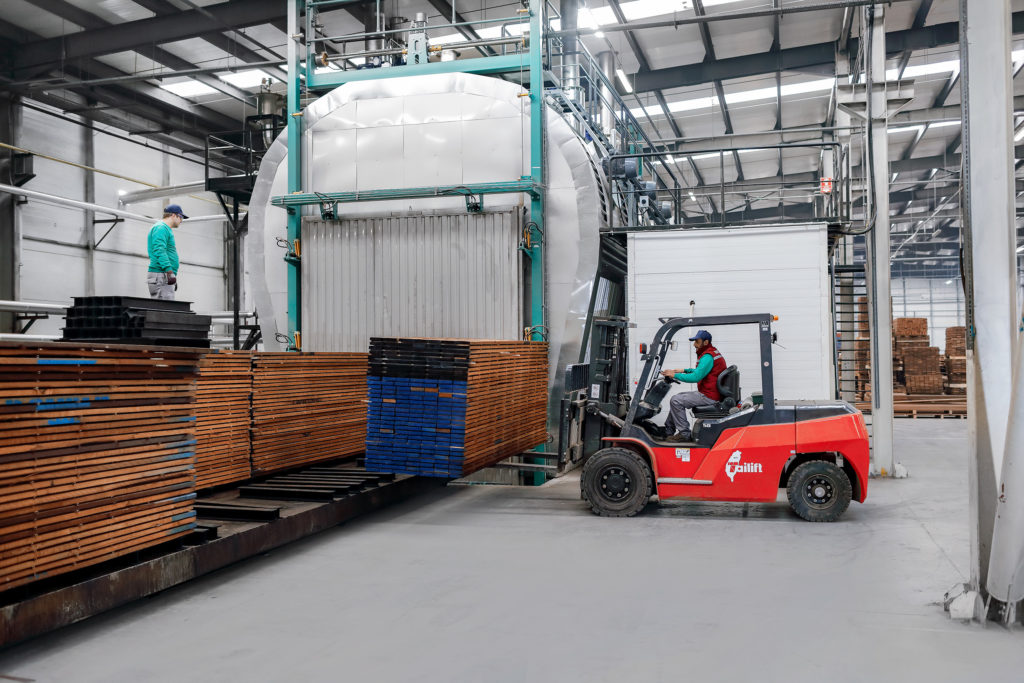
Easy answer, thermally modified wood is just the same as the kiln dried lumber you may have already purchased. The green (wet) wood is placed in an oven, and the temperature is raised according to normal kiln drying schedules to eliminate the free water from the wood. Application of moisture is done throughout this process in order to control the drying and prevent damage to the wood fibers.
Once the free water is gone, the kiln temperature is raised substantially higher than the typical lumber drying process to above 200 Celsius. Oxygen levels are reduced in the kiln to prevent combustion at this high temperature, and the bound water inside the cell walls is baked away. This includes any hydroxyl groups that can bind with moisture in the future. (more on that in a minute) Above 200 C, the extractives (sugars, oils, resins, etc) also bake off, leaving the wood totally dry and completely rot resistant. The sugars and hemicellulose can actually crystallize and harden leaving them completely non reactive. Moisture is then reintroduced as the oven temperature is dropped, allowing the wood to equalize to the surrounding air and humidity in order to prevent cell collapse and warping (AKA case hardening). This last step leaves the wood highly stable and practically eliminates movement in the wood due to seasonal moisture changes.
Now is the exciting part! Remember those hydroxyl groups from earlier? These are negative ions just begging for water molecules to come along to bond with and form more water bound deep within the cell walls. With those gone, the normal expansion and contraction which one would typically see in wood is gone. There is some initial movement and typical warping as the wood is conditioned in the last step in the kiln just as you might expect from any wood. The key is that after that initial warping and re-humidification, the wood is essentially stable. Tangential and radial movement is now so low seasonally (~.1%) that it is negligible. The hardness of the wood is elevated a bit with the baking of the cellulose and sugars, and this is what darkens the color. There is a slight reduction in bending strength due to the internal hardening and a drop in weight without any of the moisture, but really you have the same species of wood that went into the kiln at the start.
All our thermally modified wood products start as FSC timbers and are manufactured by GWood Pro. We are an exclusive distributor of thermally modified timbers (TMT) by GWood Pro and its parent company, TanTimber. TanTimber is a member of the International ThermoWood Association and meets the rigid standards put forth by the association to ensure consistent quality of the products.
Download the TanTimber Decking Installation Guide
